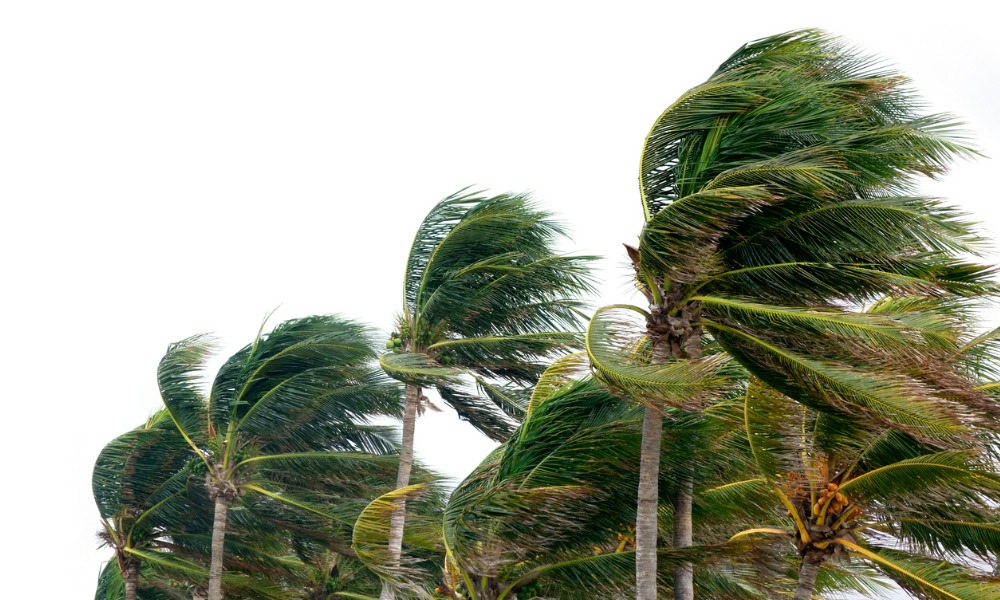Worker safety the priority as category 3 storm heads for Canada

Hurricane Fiona is heading towards northeastern Canada after hitting Bermuda, and it’s set to be a "historic storm for eastern Canada".
The hurricane will make landfall in Nova Scotia on Saturday morning. Though it is technically not expected to be a hurricane by that time, predictions of winds in excess of 100 mph and flooding rainfall of up to 10 inches have still triggered hurricane warnings, reports Forbes.
Read more: Ontario snow storm causes vaccination clinic, school bus cancellations
Adverse weather conditions like this can be a cause for concern for employers. “Similar cyclones of this nature have produced structural damage to buildings,” according to weather forecasters with the federal government. “Construction sites may be particularly vulnerable. Wind impacts will be enhanced by foliage on the trees, potentially causing prolonged and widespread utility outages.”
In January, the "major snowstorm condition" that hit Ontario caused the cancellation of COVID-19 vaccination clinics to ensure workers’ safety. Also, back in October 2012, in the aftermath of Hurricane Sandy, a veteran hydro worker in Sarnia, Ont., was killed while trying to repair damage caused by the destructive storm.
Read more: Weathering the storm
“It is crucial that employers have an emergency response plan in place to protect their staff and business during such inclement weather emergencies,” said Catherine Bergeron, health and safety services manager, Peninsula Canada, said in a blog published on the company’s website. “Having a response procedure for inclement weather conditions will help reduce the impact of the disruptive event and get your business back on track faster.”
Planning for hazards on site that may be created by extreme weather events is also part of employers’ responsibilities under the Occupational Health and Safety laws, she added.
Here are the things that employers should do when preparing an emergency response plan:
- Establish a written procedure for evacuation.
- Assign assembly areas where your staff should gather after they have been safely evacuated.
- Train employees on the appropriate safety procedures to follow during different emergencies.
- Have emergency supplies in store.
- Make sure you create backups for all your critical data and business information.
- Review your response plan regularly.
Read more: How often do you carry out internal workplace inspections?
If a storm occurs, then the emergency plan should be initiated. “Everyone that may be affected should be alerted and removed from a potentially unsafe situation,” Riane Marrs, Occupational Health and Safety Specialist, the Canadian Centre for Occupational Health and Safety (CCOHS), said. “And supervisors and workers should not be afraid to initiate their emergency procedure.”
Workplaces should also “make sure that planning incorporates how to safely monitor a shutdown or to continually operate critical processes, equipment and other devices that may cause injury or damage in the event of a power failure or a malfunction,” she said. In addition, employers should monitor changes in the weather using a trusted weather source.





